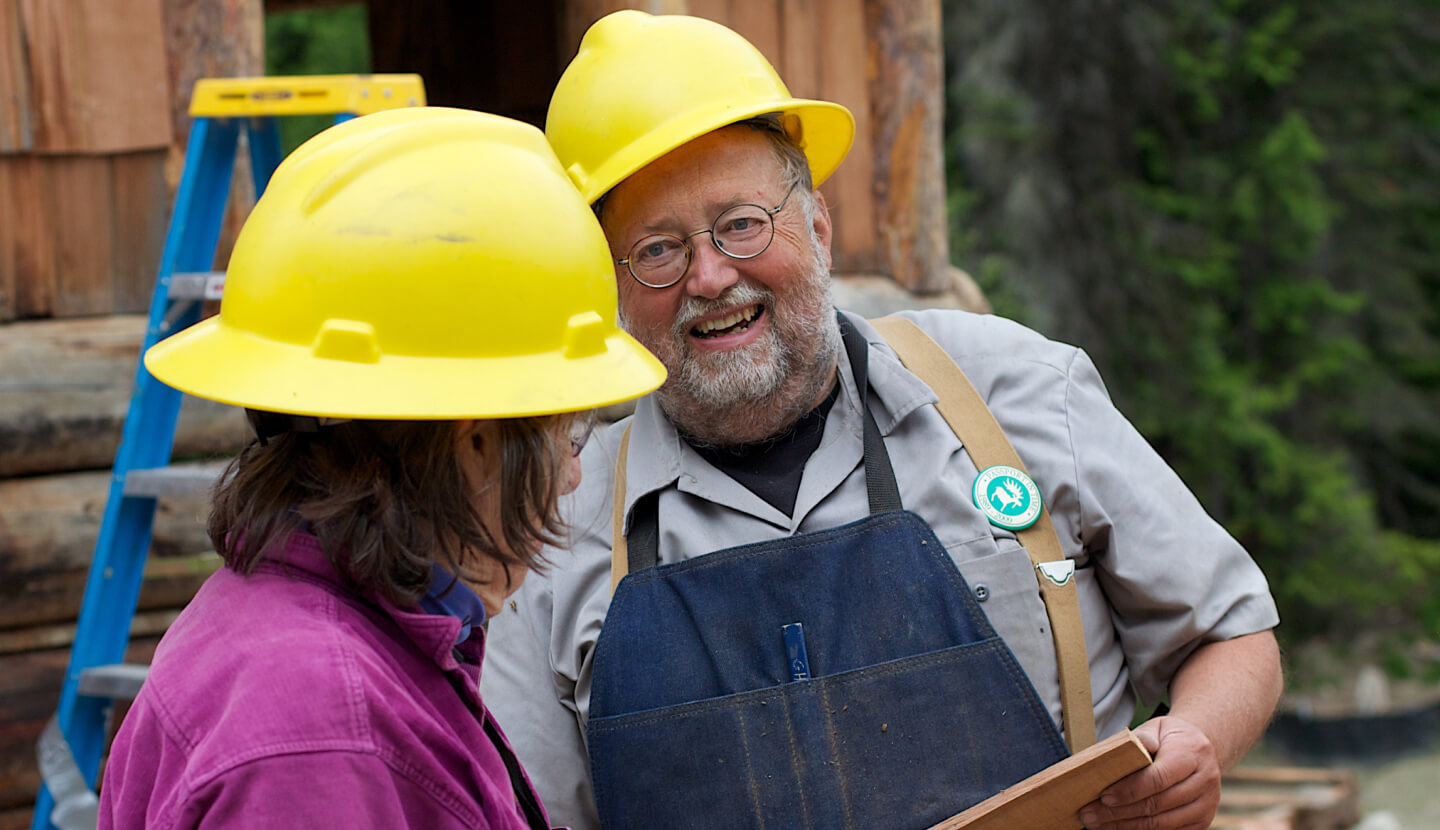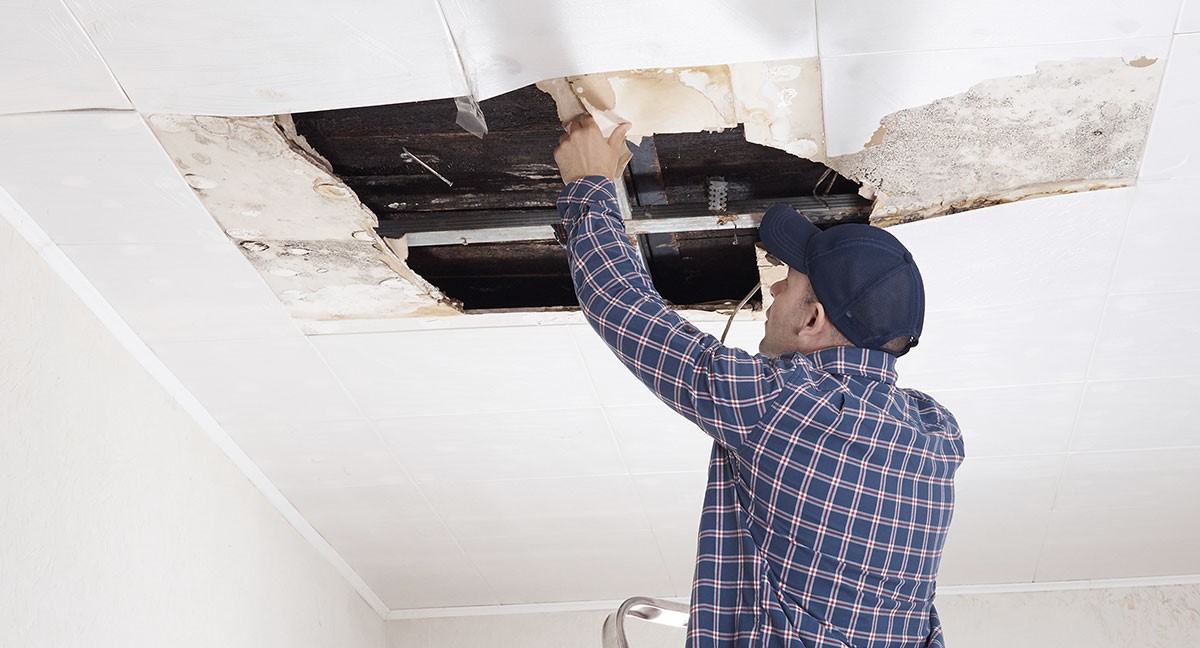
Chicago
-

How to Repair Drywall: Quick Fixes for Holes and Cracks
Fixing drywall can seem tricky, but it’s a handy skill for any homeowner. Whether you’re…
-

What size screws for 1/2 drywall: A quick guide for DIY enthusiasts
Hanging drywall is a common DIY project, but getting it right starts with choosing the…
-

Closet Door Repair: When Your Skeletons Refuse to Stay Hidden
Closet doors have one job: to slide open and closed. But when they get stubborn,…
-

Bathroom Design: Planning Makes Perfect
Bathroom design can be exciting and fun. With so many options, it’s easy to create…
-

Shower Drain Repair: Quick Fixes for Clogged Pipes
Is your shower drain leaking? Don’t worry, it’s a common problem that many homeowners face.…







